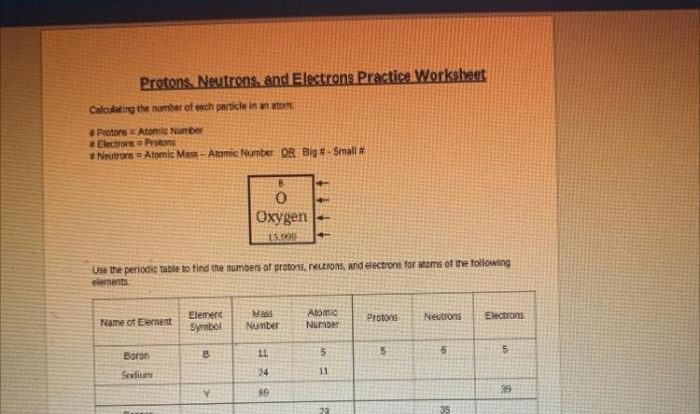Video tutor session quiz phylogenetic trees – Embark on a captivating journey into the realm of phylogenetic trees with our engaging video tutor session and quiz. Delve into the intricacies of evolutionary biology and gain a comprehensive understanding of these fundamental tools for tracing the history of life on Earth.
Our video tutor session provides a structured and interactive learning experience, while the quiz assesses your comprehension and reinforces key concepts. Through hands-on activities and a curated selection of resources, you will gain a deep appreciation for the significance of phylogenetic trees in scientific research.
Phylogenetic Trees: Video Tutor Session Quiz Phylogenetic Trees

Phylogenetic trees are diagrammatic representations of evolutionary relationships among different biological species or other taxa. They are used to infer and visualize the branching patterns and divergences that have occurred over time, providing insights into the history of life on Earth.
Definition of Phylogenetic Trees
Phylogenetic trees are branching diagrams that represent the evolutionary relationships between different groups of organisms. They are based on the principle of common descent, which states that all living organisms share a common ancestor. The branches of the tree represent the different lineages that have descended from this common ancestor, and the length of the branches represents the amount of evolutionary change that has occurred along each lineage.
Phylogenetic trees can be used to infer the evolutionary history of a group of organisms, to identify the closest relatives of a particular species, and to predict the characteristics of extinct species.
Types of Phylogenetic Trees, Video tutor session quiz phylogenetic trees
There are two main types of phylogenetic trees: rooted and unrooted. Rooted trees have a designated root, which represents the common ancestor of all the taxa in the tree. Unrooted trees do not have a designated root, and the relationships between the taxa are not specified.
Rooted trees are more common than unrooted trees, and they are typically used to represent the evolutionary history of a group of organisms that have a known common ancestor. Unrooted trees are sometimes used to represent the evolutionary history of a group of organisms that do not have a known common ancestor, or to represent the relationships between a group of organisms that have a complex evolutionary history.
Video Tutor Session on Phylogenetic Trees
A video tutor session on phylogenetic trees can be a valuable resource for students and researchers who want to learn more about this topic. A well-structured video tutor session can provide a clear and concise overview of the basics of phylogenetic trees, as well as more advanced topics such as tree building methods and the interpretation of phylogenetic trees.
Key learning objectives for a video tutor session on phylogenetic trees might include:
- Understanding the basic concepts of phylogenetic trees
- Learning how to interpret phylogenetic trees
- Learning how to build phylogenetic trees
- Understanding the limitations of phylogenetic trees
A video tutor session on phylogenetic trees should be engaging and informative. The tutor should use clear and concise language, and they should provide plenty of examples to illustrate the concepts being discussed.
Quiz on Phylogenetic Trees
A quiz on phylogenetic trees can be a useful way to assess students’ understanding of this topic. A well-designed quiz can help students to identify their strengths and weaknesses, and it can also provide feedback on their progress.
A quiz on phylogenetic trees might include multiple-choice questions, open-ended questions, or a combination of both. Multiple-choice questions can be used to assess students’ understanding of basic concepts, while open-ended questions can be used to assess students’ ability to apply their knowledge to new situations.
It is important to provide feedback to students on their quiz results. This feedback can help students to identify the areas where they need to improve, and it can also motivate them to continue learning.
Hands-on Activity with Phylogenetic Trees
A hands-on activity with phylogenetic trees can be a great way for students to learn about this topic in a more interactive way. A hands-on activity can help students to visualize the concepts being discussed, and it can also help them to develop their critical thinking skills.
One possible hands-on activity with phylogenetic trees is to have students build their own phylogenetic tree. Students can use a variety of data to build their trees, such as morphological data, molecular data, or a combination of both. Once students have built their trees, they can compare them to each other and to trees that have been published in the scientific literature.
Another possible hands-on activity with phylogenetic trees is to have students interpret a phylogenetic tree. Students can use a variety of resources to help them interpret the tree, such as the tree’s legend, the tree’s scale, and the tree’s topology.
Resources for Further Learning
There are a number of resources available to help students and researchers learn more about phylogenetic trees. These resources include books, articles, websites, and software programs.
- Books: There are a number of books available on phylogenetic trees. Some of the most popular books include “Phylogenetic Trees Made Easy” by Barry G. Hall, “Introduction to Phylogenetic Analysis and Evolution” by Edward O. Wiley, and “The Phylogenetic Handbook” by Philippe Lemey, Simon L.
Penny, and Mike Salemi.
- Articles: There are a number of articles available on phylogenetic trees. Some of the most popular articles include “The Theory of Phylogenetic Systematics” by Willi Hennig, “The Bootstrap Method: A New Tool for Assessing the Reliability of Phylogenetic Trees” by Joseph Felsenstein, and “Bayesian Phylogenetics” by Fredrik Ronquist and John P.
Huelsenbeck.
- Websites: There are a number of websites available on phylogenetic trees. Some of the most popular websites include the Tree of Life Web Project, the National Center for Biotechnology Information (NCBI), and the European Bioinformatics Institute (EBI).
- Software programs: There are a number of software programs available for building and analyzing phylogenetic trees. Some of the most popular software programs include PAUP*, MEGA, and BEAST.
FAQ Guide
What is the purpose of a phylogenetic tree?
Phylogenetic trees depict the evolutionary relationships between different species, providing insights into their shared ancestry and genetic diversity.
What are the different types of phylogenetic trees?
There are various types of phylogenetic trees, including rooted trees that show the ancestral species and unrooted trees that represent relationships without specifying an ancestor.
How can I create an engaging video tutor session on phylogenetic trees?
Plan your session with clear objectives, use engaging visuals and animations, and encourage active participation through quizzes and discussions.



